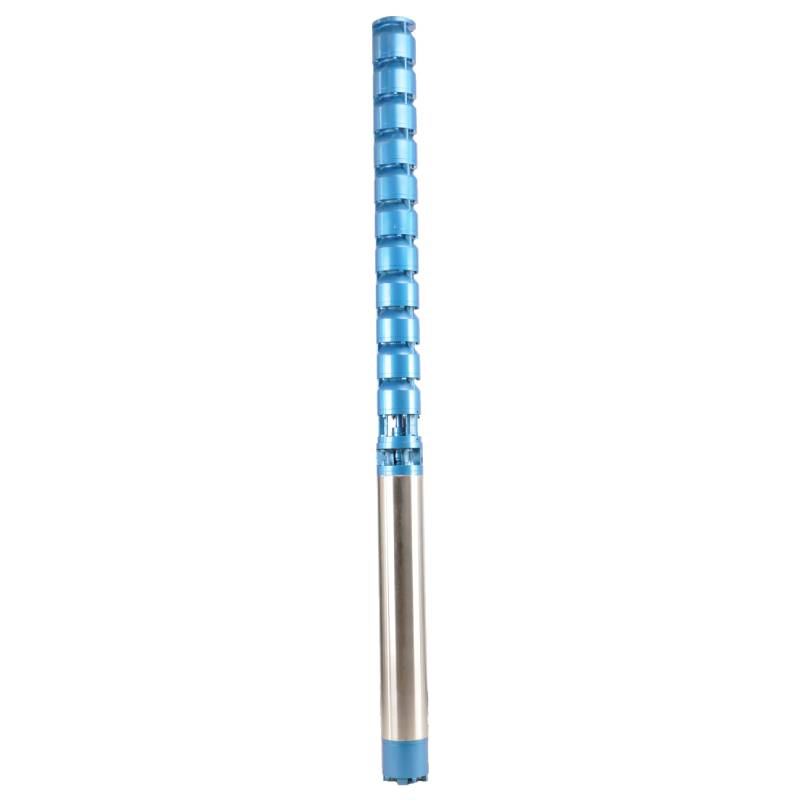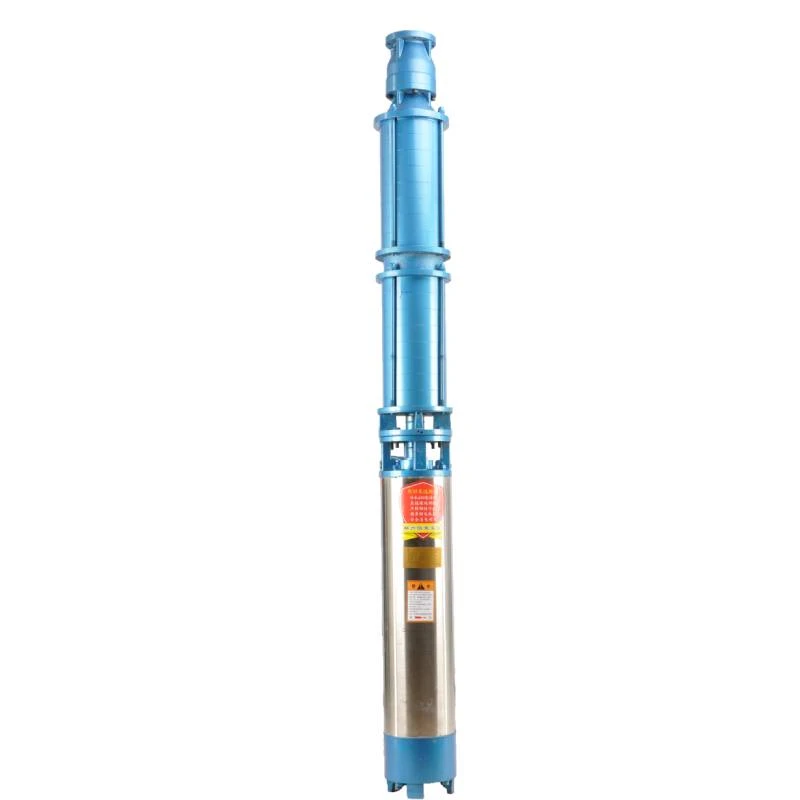Sep . 22, 2024 02:29 Back to list
submersible deep well turbine pump
Submersible Deep Well Turbine Pumps An Overview
Submersible deep well turbine pumps play a crucial role in various industries by efficiently lifting water from significant depths. Deep well turbine pumps, specifically designed for submersible application, are commonly used for agricultural irrigation, municipal water supply, and industrial processes. This article explores the fundamental aspects, benefits, and applications of these remarkable pieces of equipment.
Design and Functionality
The design of submersible deep well turbine pumps comprises several key components, including the motor, pump bowl assembly, and discharge head. The motor is typically located at the base, submerged underwater, which helps in cooling. As the motor powers the pump, water enters through the intake screen and moves through a series of impellers and diffusers, which help in increasing the water pressure. The water is then directed to the surface through a vertical column pipe.
One of the most significant advantages of submersible deep well turbine pumps is their ability to operate at considerable depths. They are designed to function efficiently in wells that are hundreds of feet deep, making them ideal for areas where groundwater is located far beneath the surface. These pumps can lift water from depths of over 1,000 feet, depending on their design specifications.
Advantages
Submersible deep well turbine pumps offer numerous benefits. Firstly, their installation and operation are relatively straightforward. Unlike surface pumps, which require priming and have limitations on the depth of water they can handle, submersible pumps do not face such challenges. They can operate even in wells with low water levels.
submersible deep well turbine pump

Another advantage is their durability. Constructed from high-quality materials like stainless steel and cast iron, these pumps are robust enough to withstand harsh conditions and corrosive environments. This durability reduces maintenance costs and increases the longevity of the equipment.
Moreover, submersible pumps are known for their energy efficiency. They can operate continuously for long periods without significant energy consumption, translating into lower utility costs. Their ability to operate silently also contributes to their popularity, particularly in residential and agricultural applications.
Applications
The applications of submersible deep well turbine pumps are vast. They are extensively used in agriculture for irrigation purposes, helping farmers manage water resources more effectively. Municipalities utilize these pumps to provide clean water to communities, ensuring a reliable supply from underground sources. Furthermore, in industrial settings, they are essential for processes that require large volumes of water, such as cooling systems or manufacturing processes.
In recent years, with the increasing focus on sustainable water management, the use of submersible deep well turbine pumps has gained momentum. They are crucial for groundwater extraction, helping to balance water supply and demand in various regions.
Conclusion
Submersible deep well turbine pumps represent a vital technology in the quest for efficient water extraction. With their deep-lifting capabilities, durability, energy efficiency, and versatility, these pumps are an integral part of modern water management systems. As industries and communities continue to seek sustainable and reliable water solutions, the role of submersible pumps will undoubtedly grow, paving the way for improved water resource management and conservation strategies.
-
Deep Well Pump Installation Guide: Reliable Submersible Pumps
NewsAug.29,2025
-
125QJR Deep Well Submersible Pump - High Performance & Reliable Water Supply
NewsAug.28,2025
-
Water Filled Submersible Pump
NewsAug.26,2025
-
The Ultimate Solution for Clean
NewsAug.26,2025
-
SS Submersible Pump
NewsAug.26,2025
-
Reliable Water Extraction from Great Depths
NewsAug.26,2025
-
 Deep Well Pump Installation Guide: Reliable Submersible PumpsGet expert deep well pump installation for reliable, consistent water. Our durable submersible well water pumps are ideal for homes & farms. View our installation diagram & solutions.Detail
Deep Well Pump Installation Guide: Reliable Submersible PumpsGet expert deep well pump installation for reliable, consistent water. Our durable submersible well water pumps are ideal for homes & farms. View our installation diagram & solutions.Detail -
 125QJR Deep Well Submersible Pump - High Performance & Reliable Water SupplyGet reliable, high-performance water with the 125QJR Deep Well Submersible Pump. Ideal for irrigation, agriculture, and industrial deep well applications. Experience efficient, continuous water supply. Shop now!Detail
125QJR Deep Well Submersible Pump - High Performance & Reliable Water SupplyGet reliable, high-performance water with the 125QJR Deep Well Submersible Pump. Ideal for irrigation, agriculture, and industrial deep well applications. Experience efficient, continuous water supply. Shop now!Detail -
 Water Filled Submersible PumpA water filled submersible pump is engineered for optimal cooling, eco-friendliness, and high efficiency, especially in applications involving clean or slightly sandy water.Detail
Water Filled Submersible PumpA water filled submersible pump is engineered for optimal cooling, eco-friendliness, and high efficiency, especially in applications involving clean or slightly sandy water.Detail
